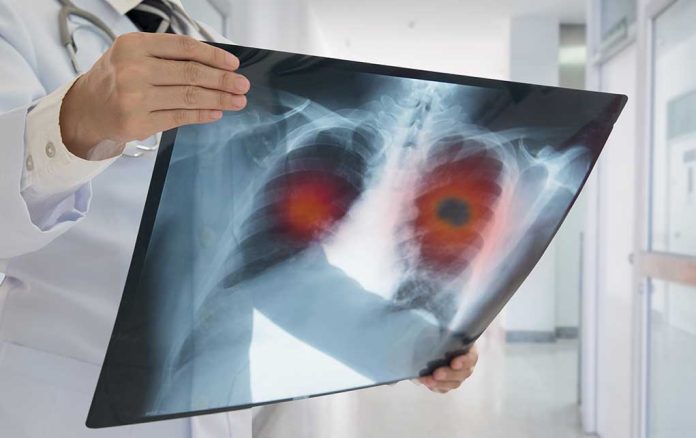
Well, folks, it looks like Uncle Sam is putting his money where our health is – to the tune of a cool $43 billion a year. That’s right, our government and insurance companies are shelling out big bucks for cancer screenings. But here’s the billion-dollar question: Are we getting our money’s worth, or are we just padding the pockets of Big Pharma and their medical cronies? Let’s dive into this hot-button issue and separate the facts from the fluff.
The Big Picture: Screening Costs and Coverage
The United States spends approximately $43 billion annually on cancer screenings, focusing on five major cancers: breast, cervical, colorectal, lung, and prostate. This staggering figure was revealed in a comprehensive analysis published in the Annals of Internal Medicine.
These screenings make up a significant portion of the over $250 billion spent annually on cancer in the U.S. It’s worth noting that more than 88% of cancer screening costs are covered by private insurance, with the remainder mainly funded by government programs.
https://twitter.com/search?q=Evaluating+Early+Detection+Life+Saving+Claims+vs.+Screening+Costs
The Case for Early Detection
Proponents of cancer screenings argue that early detection is key to saving lives. Karen E. Knudsen, CEO of the American Cancer Society, emphasizes this point:
“We are talking about people’s lives. Early detection allows a better chance of survival. Full stop. It’s the right thing to do for individuals.”
Knudsen’s statement reflects the widely held belief that catching cancer early through screening programs leads to better outcomes and increased survival rates. This perspective has been a driving force behind the substantial investment in cancer screening initiatives.
Questioning the Status Quo
However, some researchers are beginning to challenge the assumption that more screening automatically translates to better outcomes. There’s a growing debate about the potential overuse of cancer screening and the weak correlation between early detection and improved cancer survival rates.
The Bottom Line
As conservative Americans who value both fiscal responsibility and the health of our nation, we must carefully consider the balance between life-saving potential and economic impact. While early detection undoubtedly saves lives in many cases, we must also ensure that our screening programs are targeted, efficient, and cost-effective.
The debate surrounding cancer screening costs and effectiveness is far from over. As new research emerges and medical technologies advance, it’s crucial that we remain open to reevaluating our approach to ensure we’re getting the best possible outcomes for our substantial investment in public health.






















